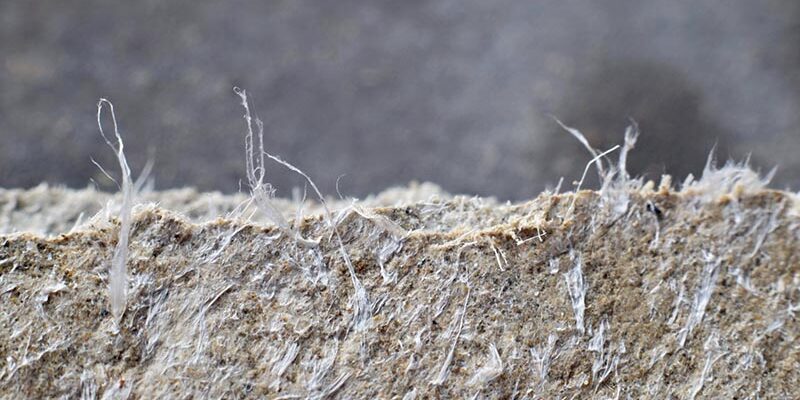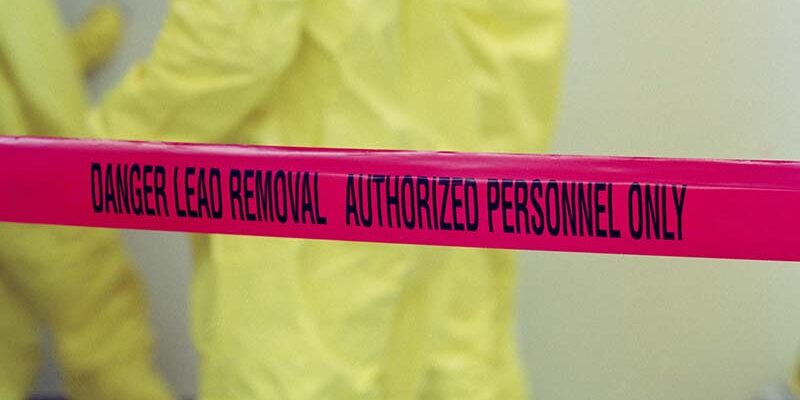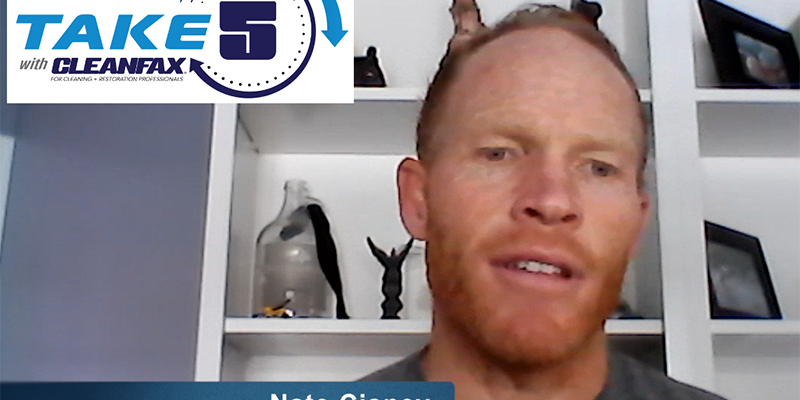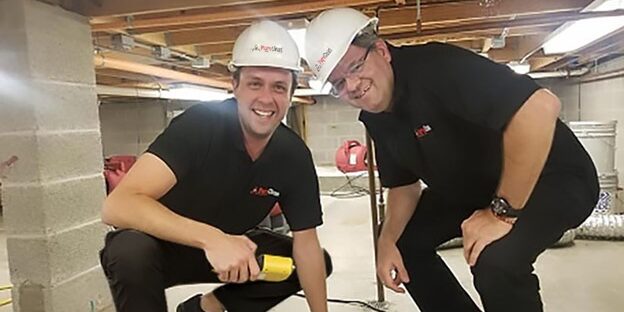Is Chlorine Dioxide the Future of Mold Removal?

By Ron Elgazar and Jacqueline Kemper
The phrase “mold is gold” was coined at the turn of the new millennium when the insurance industry was rocked the $32 million (later reduced to $4 million on appeal) award to Melinda Ballard of Texas due to her mold-filled home. The case set a precedent for policy holders to go after their insurance providers for mold coverage.
Overnight, cleaning companies became “mold remediation experts” and capitalized on the fear/education bubble that was sweeping the industry. In the following twenty years, policy writers have gone to great lengths to limit—or exclude outright—mold and mildew coverage.
The phrase “mold is old,” while not as catchy as “mold is gold,” tells us mold has been around forever, and its negative impact on our lives has been long known. The Bible’s Old Testament provides lengthy descriptions of mold’s presence and even creates the first “protocol” for mold removal. (It instructed mold finders to demolish the building!)
The history of mold removal
The truth is professionals have known the dangers of mold, and the science required to address it, for many years. Industry legends like Ed Cross and Jim Holland were writing about liability and exposure well before the Ballard case, and the “sick building syndrome” concept preceded her lawsuit by nearly a decade. As years progressed, the mold and mildew remediation industry has refined its response procedures to better protect clients and workers alike. Equipment has improved and building materials are manufactured to be resistant to mold growth.
The remaining mystery in mold remediation involves the best methods to kill mold. Unlike in Leviticus, tearing down the house is generally not a desired outcome for mold removal, so we must think of a better way. For years, many companies used industrial-strength cleaners that killed mold, but the side effects of these toxic chemicals to workers was harmful and, at times, catastrophic.
Chlorine products, sodium hypochlorite products, bleach products, and ammonia-based products can do the job, but worker performance in these conditions is a challenge at best. Stronger, caustic chemicals require space suits for proper protection. Some do-it-yourself remedies, touted by such authorities as Home Depot, involve the use of vinegar, baking soda, or even grapefruit juice.
The future of mold removal
Recently, a new technology has found its way into the mix that brings with it better and often safer products designed for speed and efficacy. Their claims of being stronger, faster, and safer than traditional chemicals are being investigated and tested without much fanfare but with some great success. At the 2019 Experience Convention & Tradeshow this past September, no less than three booths were dedicated to this new product segment. Their names are not familiar to most of us yet, but they will be making a splash in a short time.
The new products all share a similar chemical base: chlorine dioxide. Instead of traditional bleach-based products, these new compounds can clean and kill mold and mildew with minimum effect on their environments. Interestingly, while very new to our industry, chlorine dioxide has been in use for over 100 years and is known for its mold killing properties. It is commonly used to protect and supply pathogen free water to public drinking systems and is used as a powerful disinfectant in hospitals and food processing plants.
If it is being used in our food and water supplies, how bad can it be for us? Chlorine dioxide, unlike chlorine, does not create carcinogenic trihalomethanes. It is stable in a wide pH range (pH 2-10), unlike chlorine which is corrosive at a low pH and becomes less effective as pH increases. Chlorine’s efficacy drops from a mere 24% to 9% between pH 8 to 8.5 at which point it can no longer be considered efficacious.
What makes this powerful product safer to use is its quick disintegration in the air. Once exposed to the atmosphere, chlorine dioxide (a gas suspended in water) disintegrates to oxygen. As with all chemicals, there are dangers associated with high exposure levels; however, all of the current industry products contain low, permissible toxicity levels that are safe for use within a home or business.
Learn how this technology works in “Mold Cleaning Solutions.”
Finding the right chlorine dioxide mold removal product
How do you know which is the best chlorine dioxide mold removal product for your purposes? Make sure you explore all claims made by the manufacturers and distributor:
- Is the product stronger than your current product?
- Is it faster than your current method?
- How soon after it’s prepared can you use it?
- Is it actually safer to use?
- Finally, does it make financial sense for you?
To help you answer these questions, look for information on the following questions:
- Which brand uses the least amount of product to handle the job?
- Which product has the shortest wait time between application and removal?
- Which product requires the least amount of care or protection for the homeowner?
- Which product is the most cost-effective alternative for your company?
Once you answer these questions, you are on your way to riding the next mold remediation wave.
Jacqueline Kemper is a driven innovator, and holds a degree in Environmental Science and carries years of industry experience.She is renowned as an industry specialist in chemistry, application, trade negotiation, with outstanding domestic and international regulatory expertise.
Ron Elgazarhas been in the restoration industry for over 20 years, providing full restorative services to his clients in the Fort Lauderdale, FL communities. During that time, he has had a first-hand view of the evolution of the mold remediation market. His product, PX10, is at the forefront of the latest scientific breakthrough in the mold removal process. You can contact him at: [email protected]












